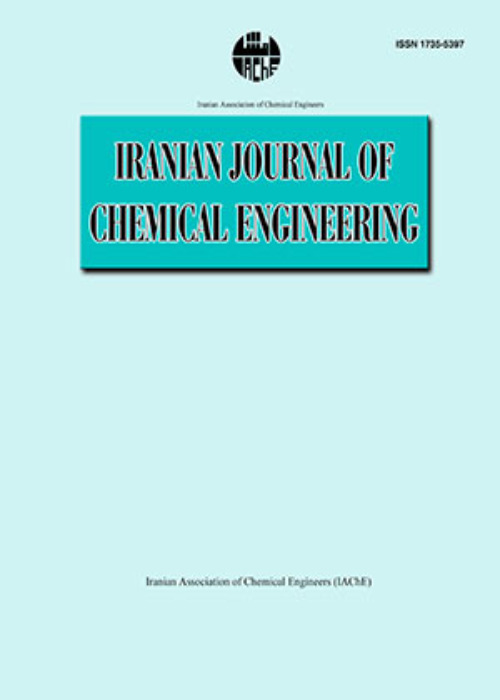Production of Bio-Gasoline with High Octane Number, as a Renewable Transportation Biofuel, via Thermochemical Conversion of Castor Oil
Vegetable oils are proved as valuable feedstocks in the biofuel production. Some common issues of cracking of vegetable oils–as an effective method for the biofuel production- are related to the glycerol decomposition during the cracking process. Transesterification, which can remove glycerol from vegetable oil molecules, is performed before the thermal cracking to adjust the problems. This study has been aimed at surveying the efficiency of transesterification and the thermal cracking integration to produce bio-gasoline and bio-oil from castor oil. In transesterification, methanol as alcohol and KOH as catalyst were used, and the catalyst concentration, reaction temperature, and alcohol to oil ratio were effective variables. Statistical studies demonstrated the interactions among parameters and the yield of the methyl ester production as 96.7 % under the optimized conditions. Results showed that in the thermal cracking two parameters, of the feed flowrate and temperature, influenced the product yield significantly without any interaction. Under the optimum conditions, to maximize the bio-gasoline production, 28 % of bio-gasoline and 88.6 % of bio-oil were produced. The lack of acrolein, as a toxic component, the negligible amount of the generated water in the product, the high octane number, the significant amount of the heat of combustion of bio-gasoline, and being in criteria of standard gasoline as per ASTM D4814 for the distillation curve and RVP of bio-gasoline, were the great advantages of the cracking of the transesterified caster oil. Therefore, the bio-gasoline produced via the thermochemical conversion of castor oil could be used as a fuel for spark-ignition engines or as an octane enhancer with gasoline, i.e., by adding 10 % of bio-gasoline to the refinery gasoline, the octane number increased from 95 to 105.
- حق عضویت دریافتی صرف حمایت از نشریات عضو و نگهداری، تکمیل و توسعه مگیران میشود.
- پرداخت حق اشتراک و دانلود مقالات اجازه بازنشر آن در سایر رسانههای چاپی و دیجیتال را به کاربر نمیدهد.


